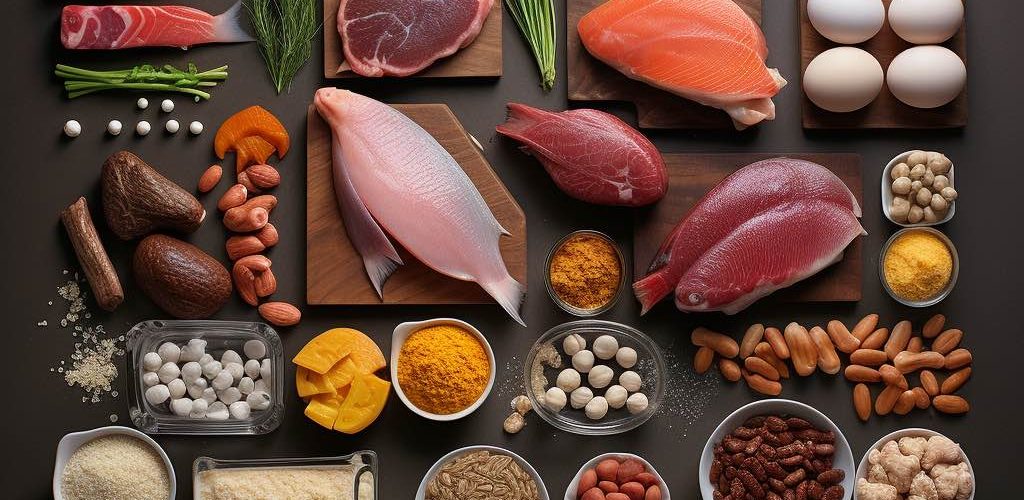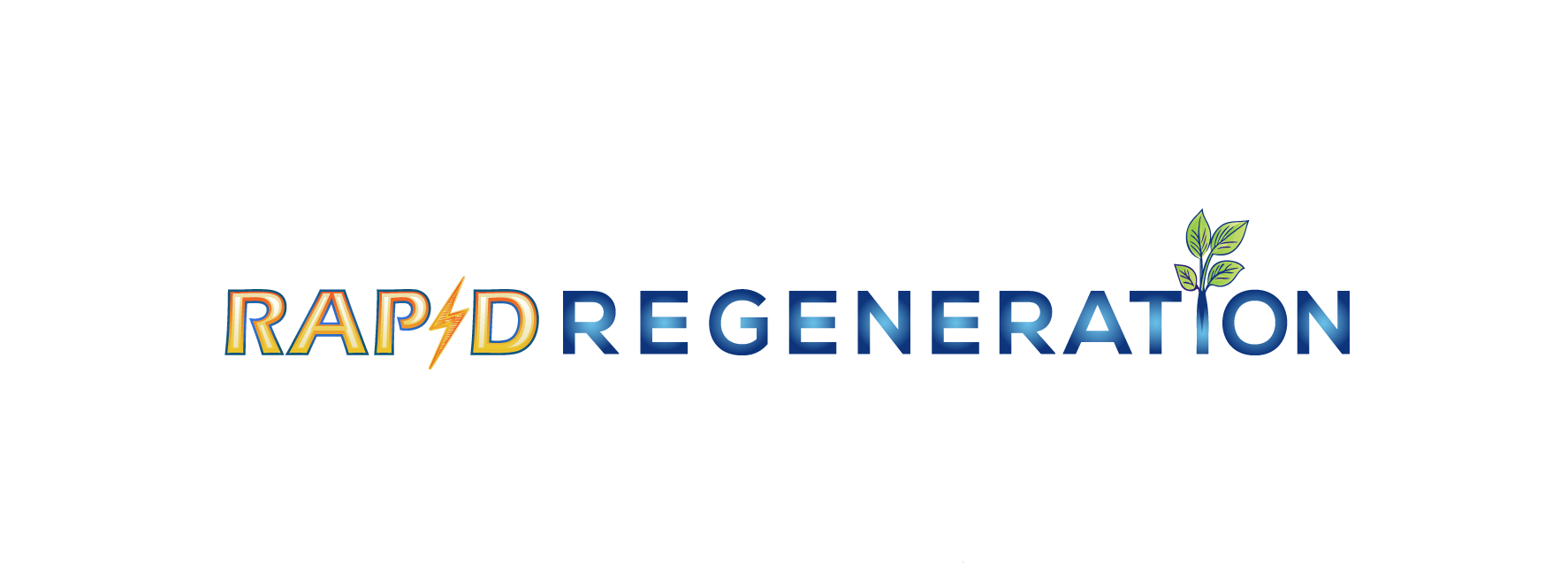
It seems that whenever I am talking with somebody who is used to eating a regular-type diet, and I start talking about the power of raw, living, electrical foods, within seconds the most common question they will ask is: “Where do you get your protein?”
In America, and it seems worldwide, we have a fixation with protein — it’s become a magical entity. A few theories that come to mind of exactly why it’s gained this status are:
— It’s delicious and sumptuous
— It’s very filling and keeps you full longer than carbs
— It has a unique texture
— As a heavier item it feels like the ‘main’ part of a dish
— Meat is protein which is delicious and people love it for obvious reasons
— Meat specifically is desirable, stimulating, full of epinephrine and (briefly) energizing to the nervous system as somebody basically absorbs the consciousness of the animal
— Protein and meat especially seem to have an addictive and/or habit-forming quality
Indeed, I can understand it myself because I was eating high amounts of protein for most of my life, in terms of animal protein. Even after I got into raw foods initially and I mostly switched off animal products, I was still eating large amounts of plant-based protein (and fat) for years. It took me a long time to slowly eat less and less protein over the course of my personal journey with food, and even whilst transitioning over to a more plant-based and mostly raw consumption of foods, as I was desperately trying to find a way to recover from my health problems.
The fact is that my body’s desires and tastes changed over time, causing me to desire less protein — this was one factor. In the beginning when I was transitioning to eating healthier and more raw, I was eating a lot of nuts. Then, I switched over to nut butters. At one point, I was eating one 16-ounce jar of raw almond butter every day — that’s a lot of protein!
Eventually, I grew sick of it. I actually felt like I was getting ill, like a sort of cold was coming on, and I felt congested in terms of mucus. I had an intuition that it was in fact the almond butter. I stopped adding it to my foods and within a couple of days the fog lifted and I felt much better. That was a turning point for me and by moving on I felt I was elevating my energy and vitality to new levels. I no longer craved that level of protein intake either after that. It can take awhile to allow your body’s cravings to adjust.
From my own personal experience, I could understand how most people could feel strongly attracted towards protein. If you’ve been eating the Standard American Diet, or even if you’ve been eating a standard vegan or plant-based diet, featuring a lot of beans, peas, soy, nuts and seeds, or other plant-protein entrees, then your body is similarly accustomed to a high intake of it. My observation is that it does function a bit like an addiction, but after you wean down the intake, your body will no longer crave it as much.
This I think explains the utter fixation with protein. In fact, people are shocked and have a difficult time comprehending how somebody could consume a relatively low-protein intake of food. I believe this is tied to how attached that individual is to their eating of protein foods and their body’s craving of it.
Although this is covered more in-depth in an earlier chapter, it’s also important to keep in mind that when you’re dealing with animal protein, this is a substance that is known to rot and putrefy as it travels through the long intestinal tract of the human gut, with our digestive system only partially able to digest the matter. Also, with protein digestion, especially animal protein, the body creates a lot of acidic by-products which persist and remain within the body (especially in the intestinal tract). This is a welcome invitation for parasites and harmful organisms, which proliferate on rotting material and acidic matter.
So, the fact that somebody is craving protein — especially animal protein — could also be because they are being influenced by some unwelcome visitors which are literally parasites within their digestive tract. This is quite a heavy concept for most individuals, but it’s important to understand how everything fits together
That’s why this information is structured in a certain way because it’s important to understand all the different angles — how the body digests food, how harmful organisms can take over the body and influence desire for certain foods, and not to mention the actual make-up of the foods and the different macro-nutrients. In the real understanding of how the world actually works, there is no compartmentalization — everything fits together and is connected.
Perhaps most important to keep in mind regarding the role of protein is the actual molecular make-up of protein structures and how that gets broken down by the body and used. This is covered in-depth in the prior chapter which contrasts the differences between carbohydrates, fats and proteins.
In short, protein itself is not a main food source for humans. Protein is a structure made up of amino acids. When we consume proteins, our body breaks down the structure into individual amino acids, which then are used for various functions throughout the body and structural support. The protein itself is unusable, but the body does have many uses and will benefit from amino acids. However, even the amino acids are not a fuel source to energize the cells of the body — that comes most directly from carbohydrates.
Fruits and vegetables have naturally balanced amounts of carbs, fats, and proteins. I do believe there is benefit to consuming amino acids and I consume them daily in the form of protein and amino acids from the foods I eat. There is no reason in my view to turn to beans or soy or pea isolate powders or excessive lengths to get ‘extra’ protein —in fact there are harmful blowback effects of eating legumes (covered more extensively in an upcoming section about the harmful nature of grains and beans).
Nuts and seeds are the protein-heavy foods of the raw plant food world. There are differences between different nuts and seeds, especially in terms of the Omega 6 / Omega 3 fatty acid ratios, as well as protein content and other factors. When eaten in moderation — especially depending on the nut/seed which is selected — there can be tremendous health benefits gained from adding a selection of raw nuts/seeds to an intake of foods.
In the early days of transitioning to a more healthy lifestyle, especially at the point when somebody is craving high amounts of protein, nuts and seeds are also a good transition food, keeping an individual full and satiated for a while, and helping with the process of switching over to a more healthy consumption of foods.
As you grow more advanced in your wellness and vibrance, you will see that there are definitely drawbacks to nuts and seeds, especially when eaten in large quantities, and also due to the fact that certain nuts/seeds have a very high ratio of Omega 6 / Omega 3 fatty acids, which can throw off the body’s balance (more extensively covered in a later section).
Due to the high-protein constitution of nuts and seeds, eating too much of this category can result in excessive acid-forming digestion and leaving the digestive system of the body overly acidic. Also please remember that the main reason to eat food is for fuel, and eating protein-heavy foods requires much more energy to break down — so these foods can drain somebody of their body’s energy, rather than providing raw fuel for the body to energize, heal, repair and regenerate itself.
All in all, the absolute fixation with protein — with most Americans eating 200 grams per day or more — is an absolute misdirection of focus and unfortunate obsession with an element that at its best is a tertiary aide and side-note in terms of food consumption. At its worst — when consumed in excess and especially regarding animal protein — excessive protein consumption can overly acidify the body within hours and can be absolutely deadly over enough time.
Protein definitely has its place, or more accurately amino acids do, in helping us achieve optimal vitality. Just always remember how the elements of the earth fit together, complement each other, and the roles that each of them play. Humankind has lost common sense and has fallen victim to listening too much to the ‘experts’ and what their opinion is. Many people can’t seem to detach from a protein-centric universe — protein is the modern sacred golden cow and it seems like sacrilege to deviate from that dogma.
When you study food in its simplicity, and understand what the different macro-nutrients actually do, once digested in the body, it’s clear to see that protein does not need to be consumed excessively, and actually doing so has very negative consequences, especially chronically or over the long term. It is of course understandable if you are craving high amounts of protein after eating a typical diet, and you can use more healthy, raw sources of protein like avocado, coconut, nuts, seeds and nut butters to help you to transition.
Armed with that understanding, you will now be able to navigate the aisles of this confusing marketplace of food products, and understand which foods to use as fuel, cleansing agents, energy, detoxification, and regeneration, which foods to eat as supplemental supports, and which foods to eat just for fun.
And when somebody asks you, “Where do you get your protein from?” — Just tell them: “Nuts and Seeds.”
